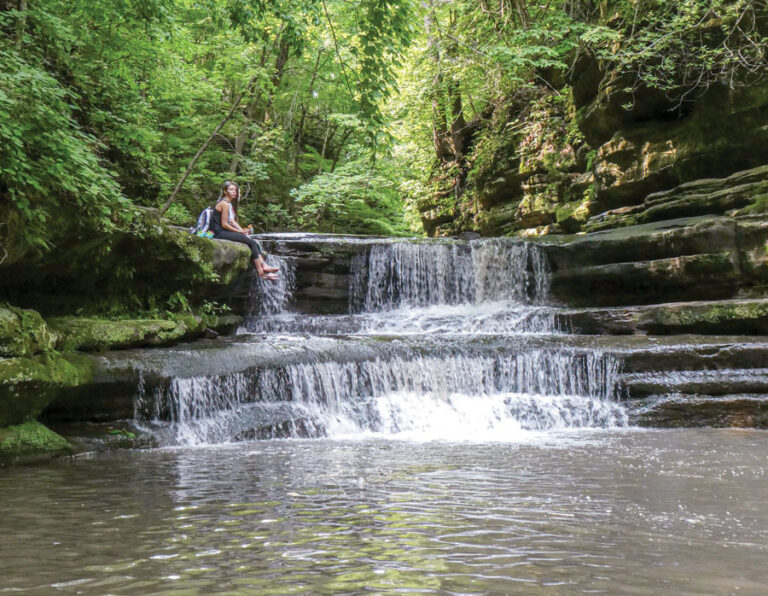An important variable to consider when planning your landscape has nothing to do with a tree’s appearance or function—it is the tree’s location. A young and slender tree trunk, that could be compared to a lanky teenager, may look small and harmless when you buy it, but trees that have the growth potential to encroach power lines can create serious problems.
Tree species that typically grow to 20 feet tall or higher may present pruning challenges and safety issues when fully grown. Trimming trees is tricky, especially near power lines. That is why it should be left to an industry professional like Jason Yost, a general foreman with Wright Tree Service.
Specialists who provide power line clearance undergo thorough and continuous training. Line clearance workers use job briefings —
a tool that outlines the job, its hazards, and a minimum approach distance (or “MAD”) from any energized conductor — according to Yost. “No body part, no tool, no piece of equipment can enter into it [the MAD] unless it’s an insulated conductor,” he says.
Throughout his career, Yost has learned that no two trees are the same; no two branches react in exactly the same manner. “You may cut one branch and it acts a certain way, but you change the temperature by 5 degrees or change the wind speed by 1 or 2 mph, and that [branch] reacts in a totally different way,” he explains.
Another life-threatening situation around trees and power lines involves children. Kids love to climb trees, but tall trees can provide direct access to power lines. When Tiffany Pagel was 9 years old, she died after making contact with a power line near the top of a tree across the street from her home.
People often don’t stop to realize that the high voltage in power lines can kill. Kids and adults alike see birds sitting on power lines unharmed. People also wrongly assume if lines are coated, they are safe to touch. That is NOT true.
When someone makes contact with a live power line and is touching anything else, an extension ladder, uninsulated tool or tree for example, that individual becomes a pathway to the ground for the electrical current. The body literally becomes the pathway of least resistance.
Safe Electricity offers the following reminders about trees near power lines:
- If you have trees growing into power lines, contact your electric cooperative for guidance. Never prune them yourself.
- Specialized tree trimmers who are OSHA certified in utility clearance are the only persons legally allowed to trim within 10 feet of power lines.
- The majority of power outages are caused by trees that interfere with power distribution.
- The recommended mature height for trees planted near power lines is 15 feet.
- Tall-growing trees should be planted a minimum of 20 feet away from power lines. To avoid future pruning/power line issues, plant them 50 feet away.
- Fire is another hazard which can start when electrical arcing and sparking transfers from a wire to a nearby branch.
- Before digging, call 8-1-1 to notify the underground utility locator service to mark underground utilities.
- Look up and around for power lines before sending your kids outside to play, especially when they plan to climb trees, fly kites or use remote control devices.
Research various types of trees by consulting your local arborist or tree nursery. Contact your electric cooperative with questions about tree growth or other obstructions near power lines or other utility apparatus.
Think ahead when considering where to plant trees and remember that power lines need space, at least 10 feet away from anything else. For more information about electrical safety, visit SafeElectricity.org.









